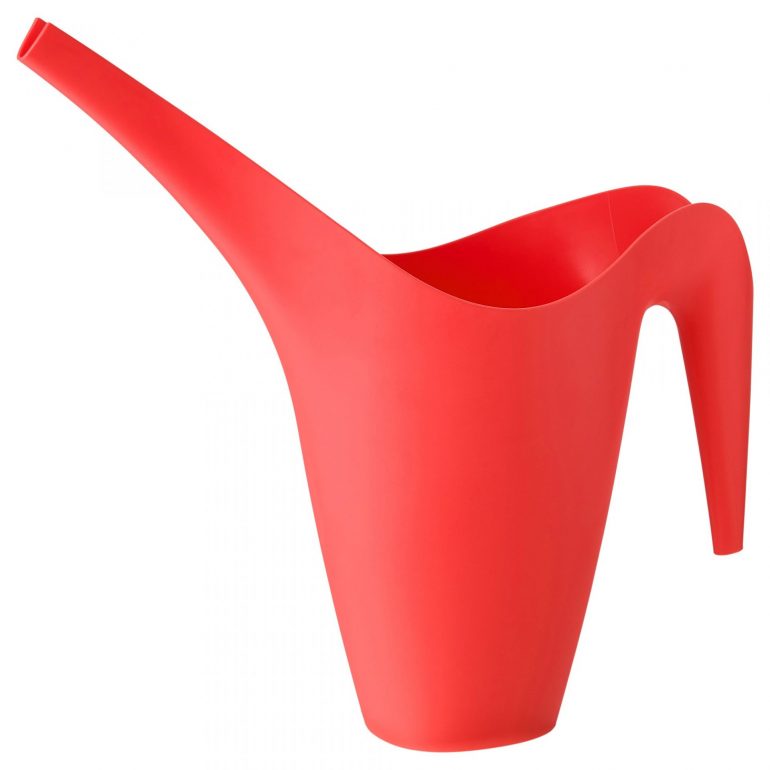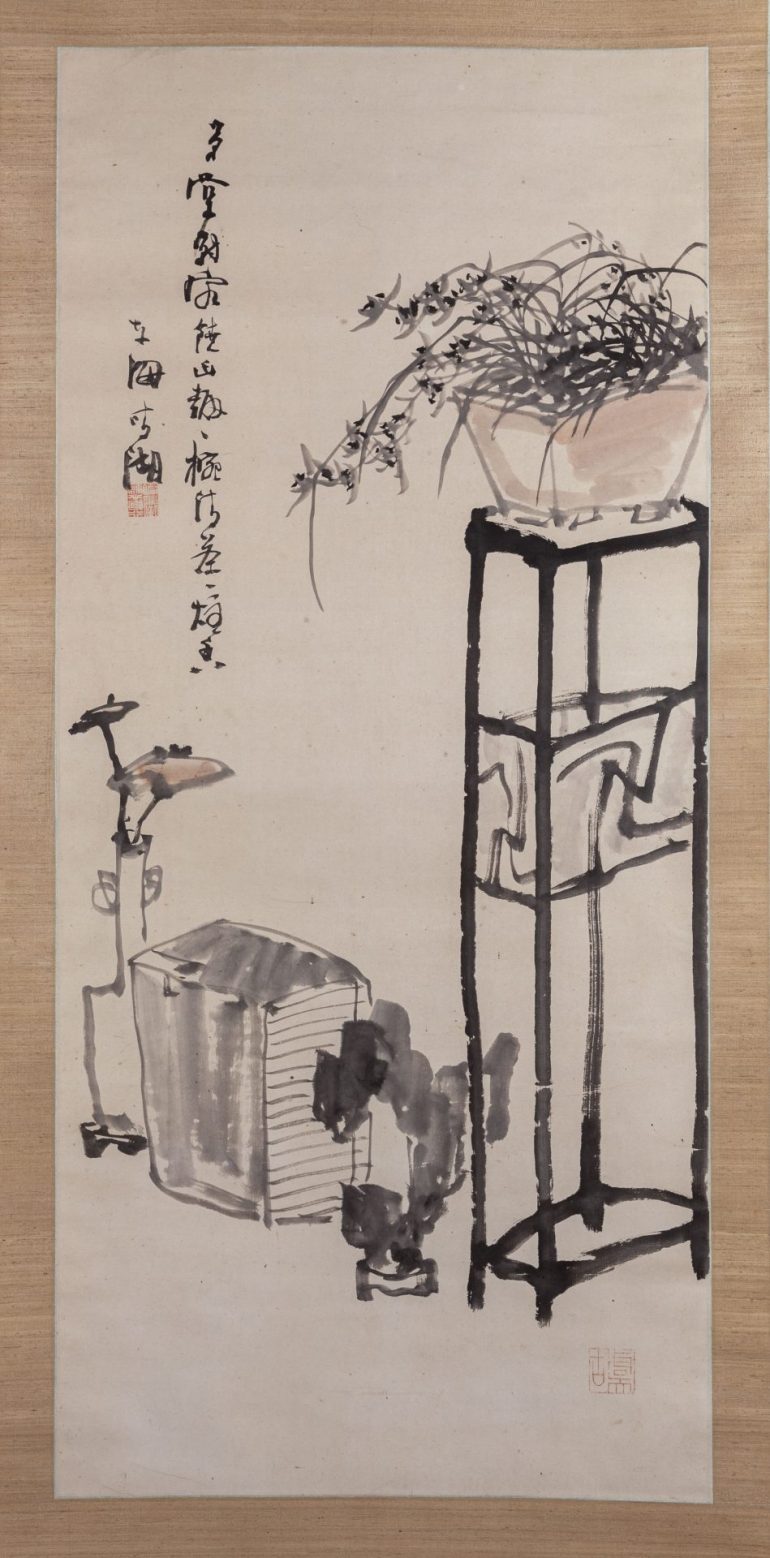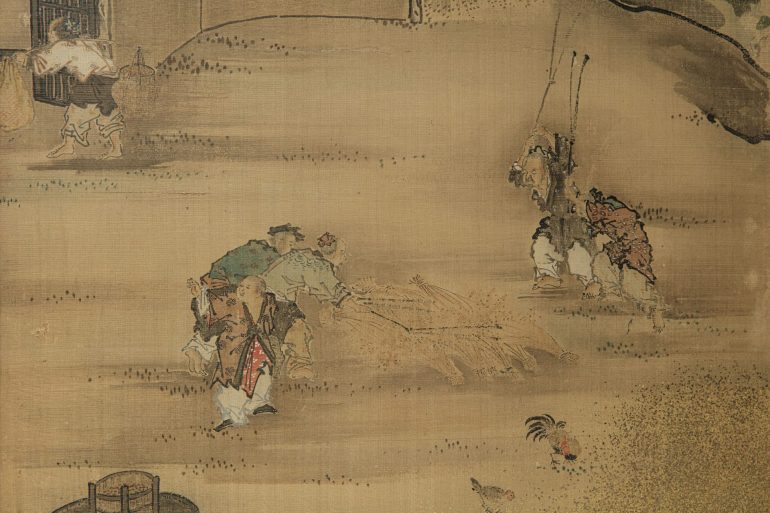Object Lesson: IKEA Vållö Watering Can
In 2002, the Vållö watering can’s designer, Monika Mulder, was asked to solve a clunky logistics issue. Her result is a graceful work of art. The challenge was that a standard watering can’s handle, pouring spout, and cavity take up a large volume of space. For IKEA, a company organized around the principle of using thoughtful design to address shipping efficiency in furniture, this excess volume was a big deal. The design request was for a watering can that could be stacked, one within another, which saved tremendously on international transportation costs. Read More




